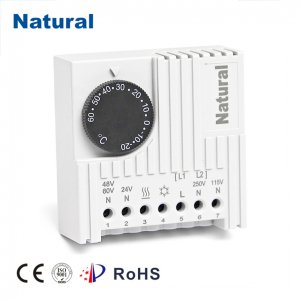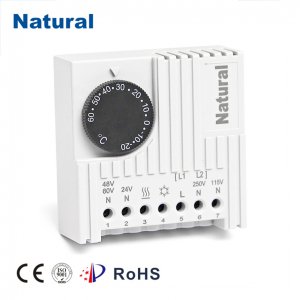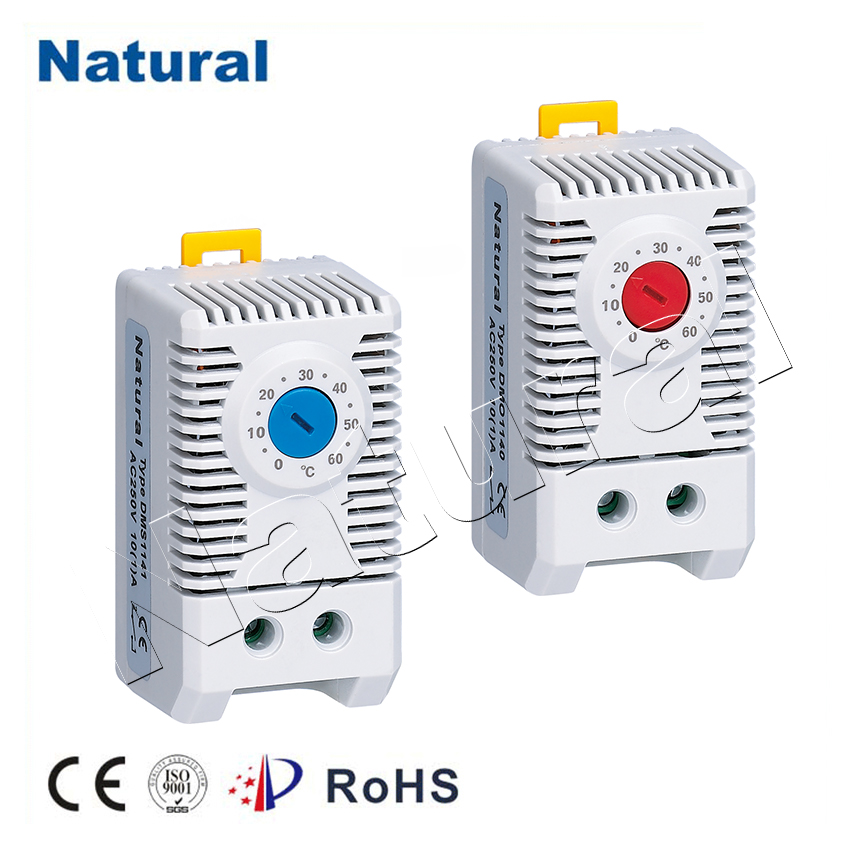When it comes to maintaining a comfortable and energy-efficient living space, temperature regulation plays a critical role. One of the most essential tools in this process is the thermostat, a device responsible for controlling the heating and cooling systems in your home. A popular choice for residential and commercial use is the 24V thermostat, known for its reliability, efficiency, and ease of integration with most HVAC (Heating, Ventilation, and Air Conditioning) systems. This article delves into the functionality, benefits, and considerations of using a 24V thermostat in your home or office.

What is a 24V Thermostat?

A 24V thermostat is a device designed to control HVAC systems by regulating the flow of power to heating or cooling units. It operates on a 24-volt electrical system, which is standard for many modern heating and cooling systems, particularly in North America. Unlike traditional thermostats that operate on higher voltages, the 24V model uses a low-voltage system, offering several advantages, including safety, compatibility, and cost-efficiency. In a typical setup, the thermostat is connected to a transformer, which steps down the voltage from the standard 120V or 240V electrical systems to 24V. This makes the thermostat ideal for controlling gas furnaces, air conditioners, and heat pumps. The 24V system ensures that the device can manage the HVAC system without overloading the electrical components, providing a more reliable and safer experience.

Leave a Reply